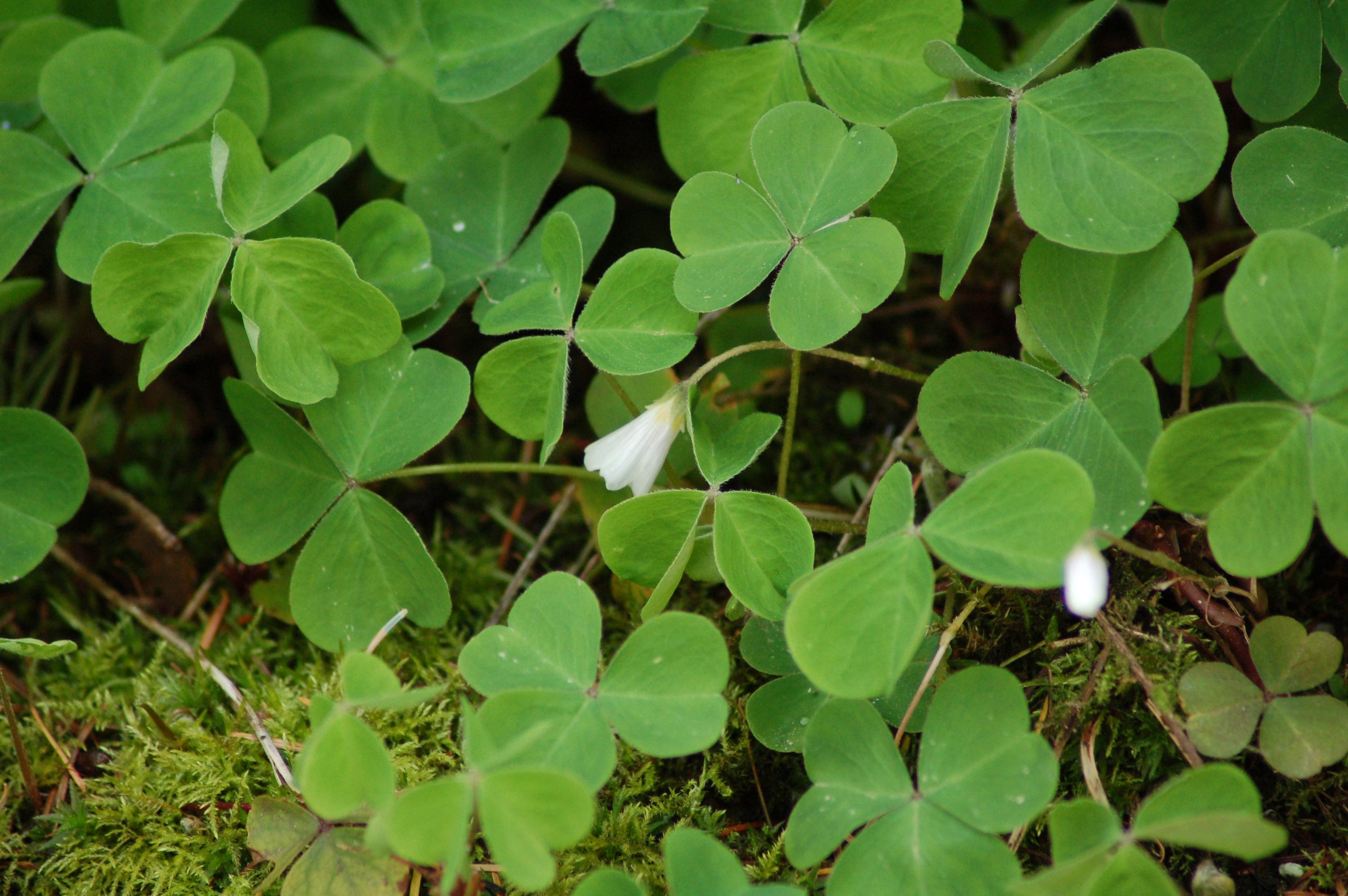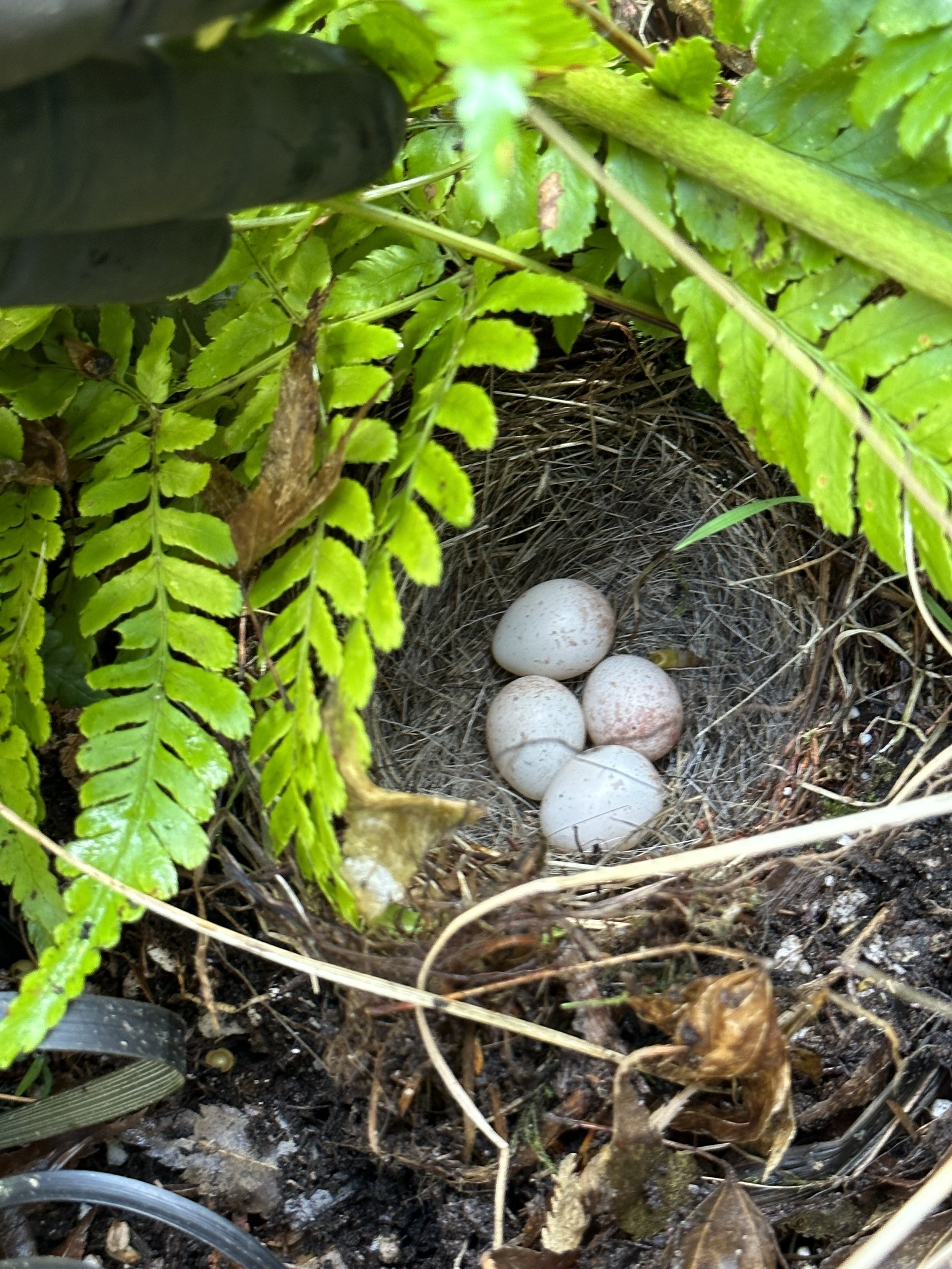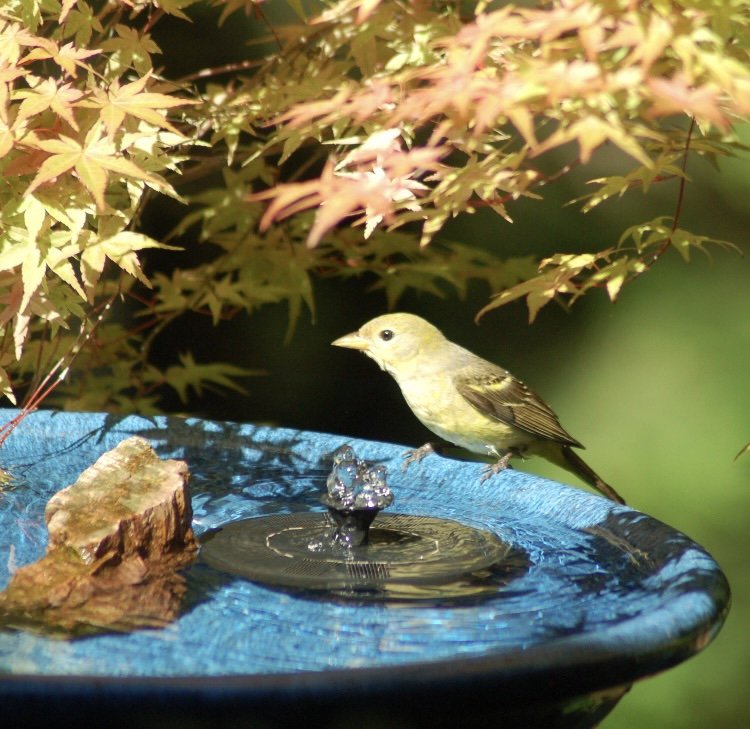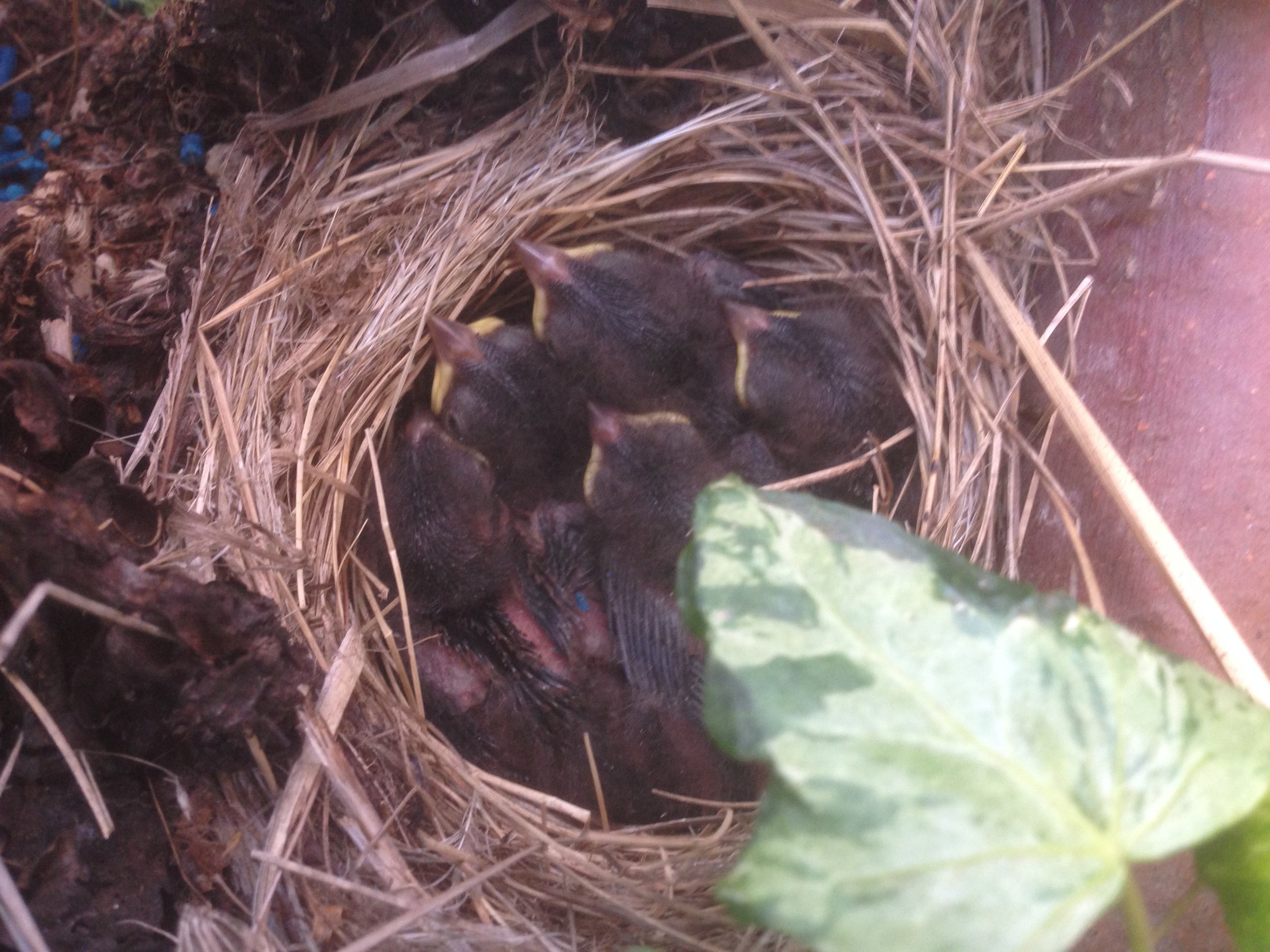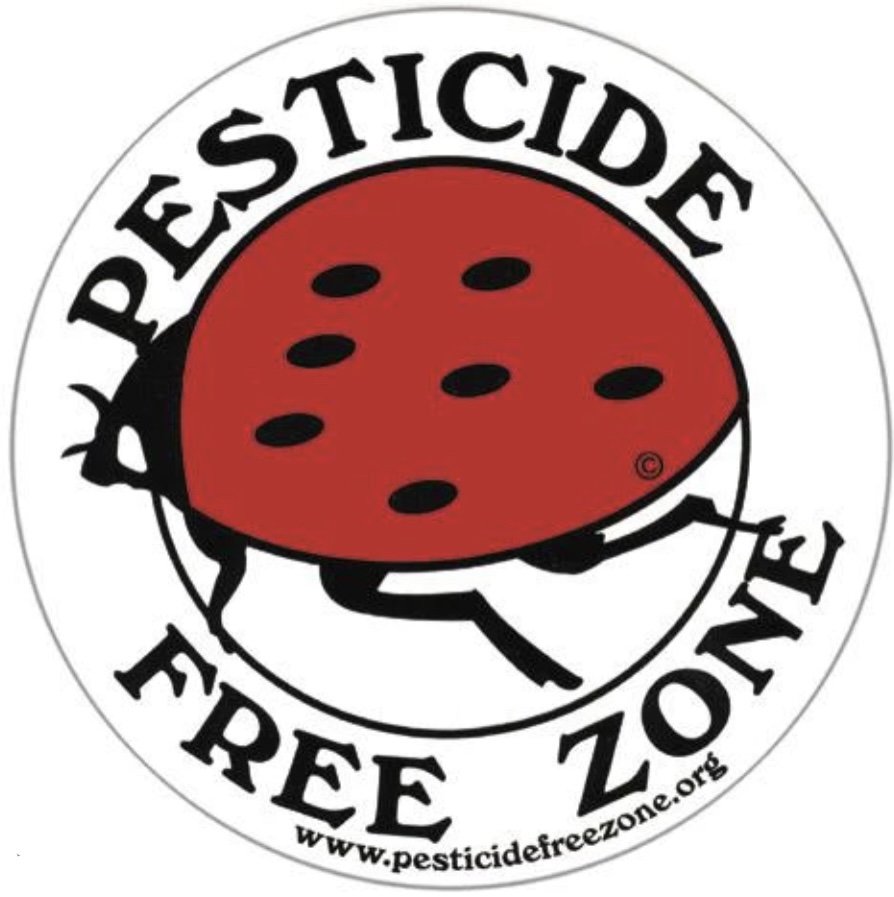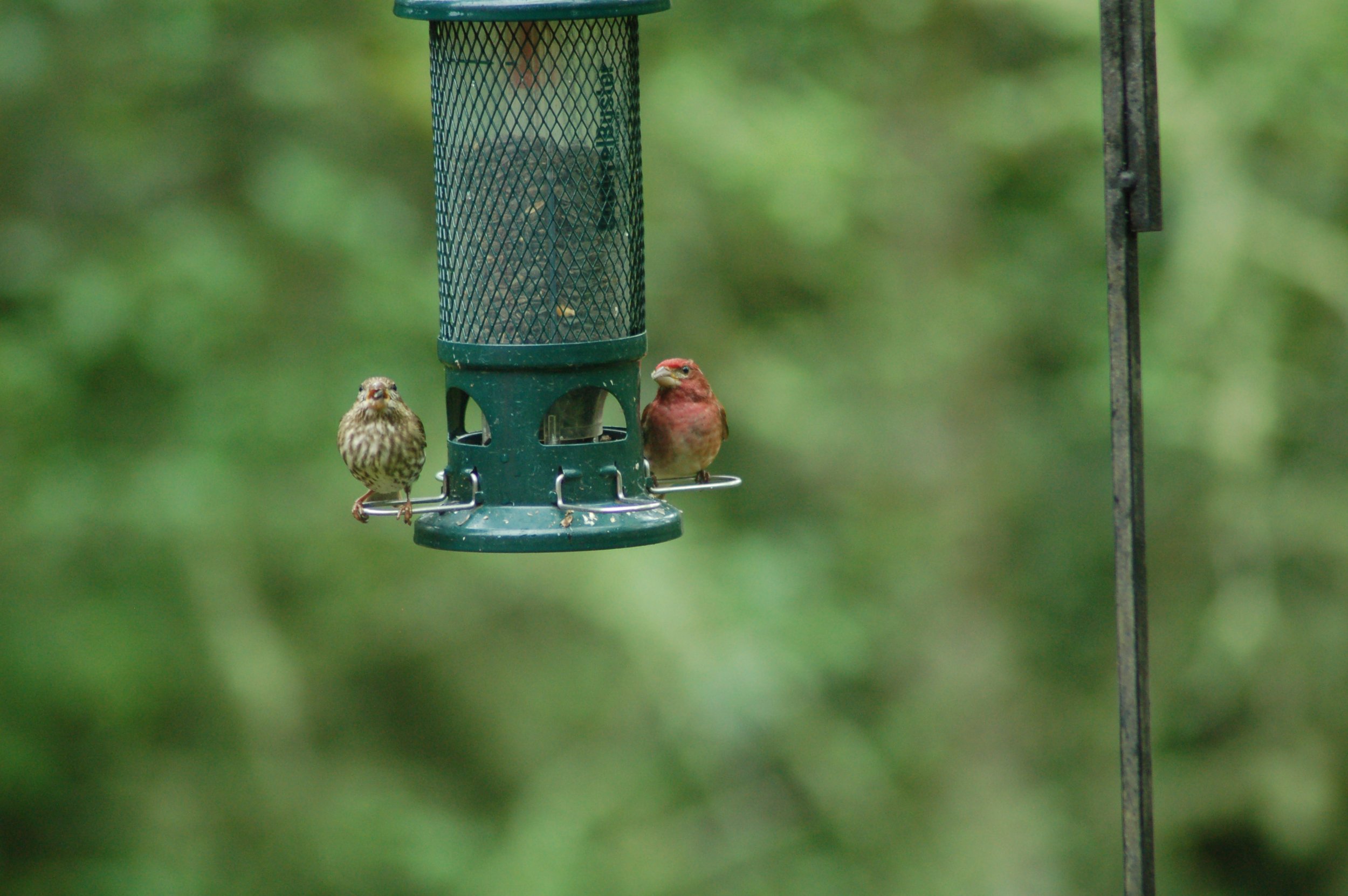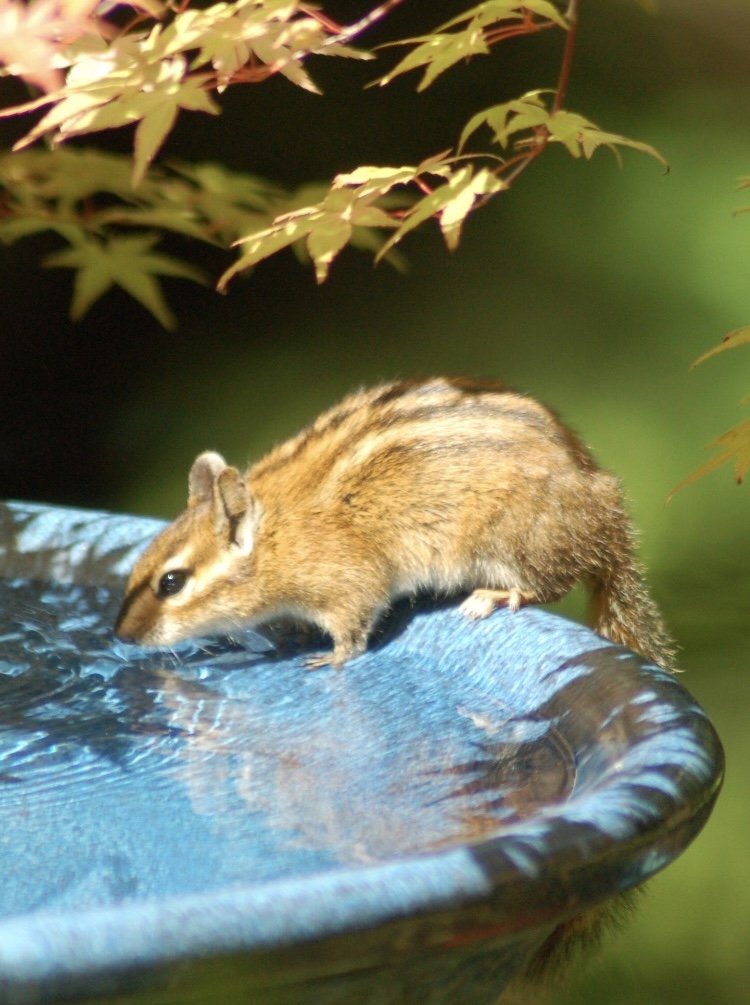When starting or improving a garden, it is easy to get overwhelmed by all the options! Take a breath and have a good sit in your space, then:
1. Start by defining your garden philosophy and mindset. Do you want a minimalist garden, a lush and colorful one, a vegetable garden, a wildlife-friendly garden, or a combination of these? What are your priorities: aesthetics, functionality, sustainability, or relaxation? What is your budget, available space, and amount of time and energy you can invest in gardening?
2. Plan your garden design and layout based on your needs and wants. Consider factors such as sun exposure, soil type, drainage, privacy, and views. Decide on the main features, such as paths, borders, focal points, seating areas, water features, and lighting. Choose plants that suit your garden style, climate, and maintenance level. Mix and match colors, textures, and heights to create interest and balance.
3. Create a garden that appeals to your senses and emotions. Choose plants that have fragrances, textures, and shapes that you love. Add elements that stimulate your sight, hearing, touch, taste, and smell, such as bird feeders, wind chimes, water features, herbs, and fruits. Use colors that evoke the mood you want, such as calming blues and greens, energizing yellows and reds, or soothing pastels. If you are adding hardscaping, decks, paths or walls, think about the materials you’d prefer to see out your window everyday. It is worth it to invest in quality stone and other sustainable materials; it will increase the value of your property by a surprising amount!
4. Make your garden a reflection of your personality and values. Use decor, artwork, and accessories that express your creativity and interests. Choose materials and techniques that align with your sustainability goals, such as recycled or repurposed items, organic fertilizers, and native or drought-resistant plants. Invite wildlife by providing food, shelter, and nesting sites, and avoid using pesticides and herbicides that harm beneficial insects and birds.
5. Enjoy your garden from different perspectives and at different times of the day and year. Create seating areas that offer different views and moods, such as a sunny bench, a shady nook, or a cozy corner. Use lighting to highlight your favorite plants and features and extend your garden experience into the night. Plant for all seasons, so you can enjoy the beauty and diversity of your garden throughout the year.
Image furnished via Unsplashed: Ries Bosch @ries_bosch
Image furnished via Unsplashed: Boom Sirada @boomsiradaaa
Image furnished via Unsplashed: Cee @theskyandthesea
Image furnished via Unsplashed : explorenation # @explorenation
Image furnished via Unsplashed : Aniston Grace @anistongrace
Image furnished via Unsplashed : Martina Jorden @martinaj
What you will see out of the window depends on your garden layout and views. If you have a window facing your garden, you can design your garden to maximize the visual impact from that perspective. You can create a focal point, such as a statue, a sculpture, a water feature, or a flowering tree, that draws the eye and adds interest. You can also use plant textures, colors, and heights to create layers and depth, and frame your views with borders or hedges. If you have a garden that is visible from several windows or angles, you can create a cohesive and harmonious design that looks good from all perspectives.
Image furnished via Unsplashed : Rob Wingate @robwingate
This is just the beginning, I highly suggest you take your time selecting the right plants for your space. If that is too daunting, I am here for you. I offer garden walk through consultations where we will explore many options for your space. Send me a message and we can schedule the initial hour consultation to get started!
-Alison

















